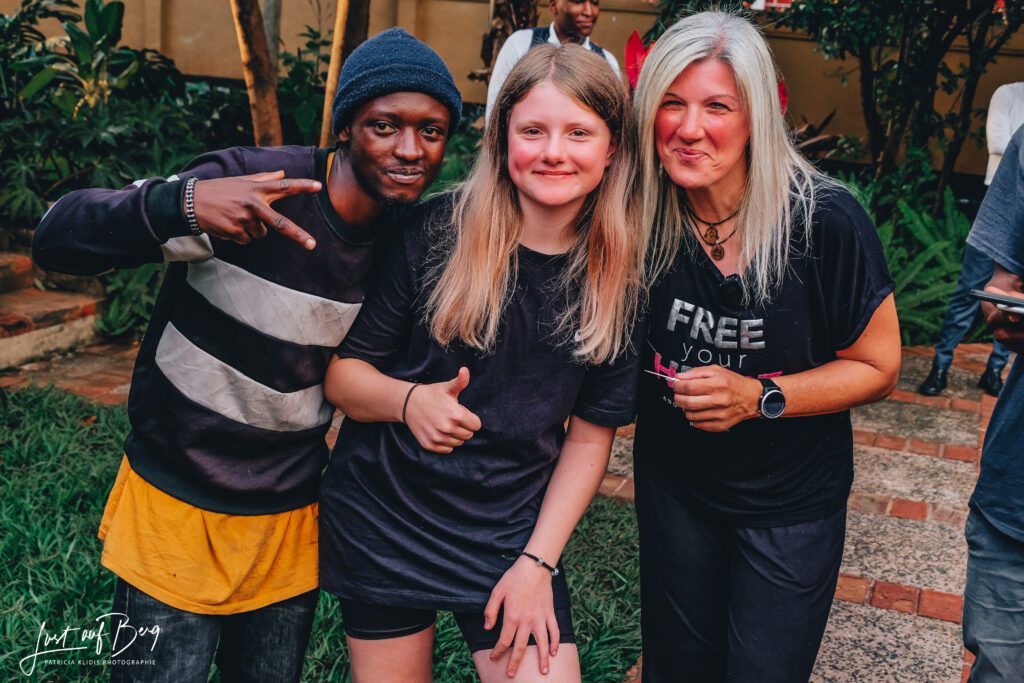Standing at a staggering 19,341 feet (5,895 meters), Mount Kilimanjaro is the highest mountain in Africa and the highest freestanding mountain in the world. It’s a dream destination for many adventurers, and for good reason. Trekking to the summit of Kilimanjaro is a challenging but incredibly rewarding experience, offering stunning views, diverse landscapes, and a true sense of accomplishment.
Why Choose a Group Trek?

While solo treks are possible on Kilimanjaro, group treks offer several advantages:
Cost-effective: Group treks typically share resources and expenses, making them more affordable than individual treks.
Safety: Trekking with a group, especially one with experienced guides, can significantly enhance safety, especially in case of emergencies.
Camaraderie: Sharing the experience with fellow trekkers can create lasting memories and friendships.
Motivation and Support: The group dynamic can provide motivation and support throughout the challenging trek.
Choosing the Right Group Trek


There are various group treks available for Mount Kilimanjaro, catering to different preferences, fitness levels, and budgets. Here are some key factors to consider when choosing your group trek:
Route: The most popular routes are Lemosho, Machame, Marangu, and Rongai. Each route offers unique advantages and challenges, so choose one that aligns with your experience and preferences.
Duration: Treks typically range from 6 to 9 days, with longer treks allowing for better acclimatization and increasing summit success rates.
Group size: Smaller groups (8-12 trekkers) often provide a more personalized experience, while larger groups (12-16 trekkers) can be more cost-effective.
Experience level: Choose a group trek that caters to your fitness level and previous trekking experience.
Essential Tips for a Successful Group Trek
Start training well in advance: The better your physical condition, the more enjoyable and successful your trek will be.
Pack appropriately: Ensure you have the right gear for all weather conditions, including proper clothing, footwear, and essential supplies.
Stay hydrated: Drink plenty of water throughout the trek to avoid altitude sickness.
Acclimatize properly: Take your time to acclimatize to the increasing altitude to avoid altitude sickness.
Listen to your guides: The guides are experts on the mountain and are there to ensure your safety and success.
Be respectful of the environment: Practice Leave No Trace principles to preserve the beauty of the mountain.
Your Kilimanjaro group trek adventure will be an unforgettable journey filled with breathtaking scenery, physical challenges, and camaraderie. Here’s a glimpse into what you can expect:
Pre-Trek:
Arrival in Arusha: Most treks begin in Arusha, Tanzania, where you’ll meet your fellow trekkers, guides, and porters. This is also where you’ll finalize logistics, receive briefings, and ensure your gear is in order.
Acclimatization Hikes: The initial days will involve acclimatization hikes to gradually adjust your body to the increasing altitude. These hikes offer stunning views and serve as a warm-up for the challenging climb ahead.
The Trek:
Daily Routine: Expect early mornings and long days on the trail. Your guides will set the pace and ensure everyone rests and hydrates adequately. Meals will be prepared by the excellent porters, and evenings will be spent socializing and enjoying the breathtaking scenery.
Diverse Landscapes: As you ascend, the landscape will transform dramatically, from lush rainforests to arid plains, volcanic rock formations, and finally, the snow-capped summit.
Challenges and Rewards: The trek will test your physical and mental limits. However, the stunning views, the sense of accomplishment at reaching each camp, and the camaraderie with your fellow trekkers will make it all worthwhile.
Summit Push:
The Final Ascent: The final push to the summit is often done at night to avoid the harsh sun and take advantage of cooler temperatures. This will be the most challenging part of the trek, requiring perseverance and determination.
Sunrise at the Summit: Reaching the summit before sunrise is an experience like no other. Witnessing the first rays of light illuminate the African landscape is an unforgettable reward for your efforts.
Descent and Celebration:
Descent Back Down: The descent involves retracing your steps and enjoying the changing scenery from a different perspective.
Celebration: Upon reaching the lower slopes, celebrate your achievement with your fellow trekkers and the incredible team that supported you throughout the journey.

